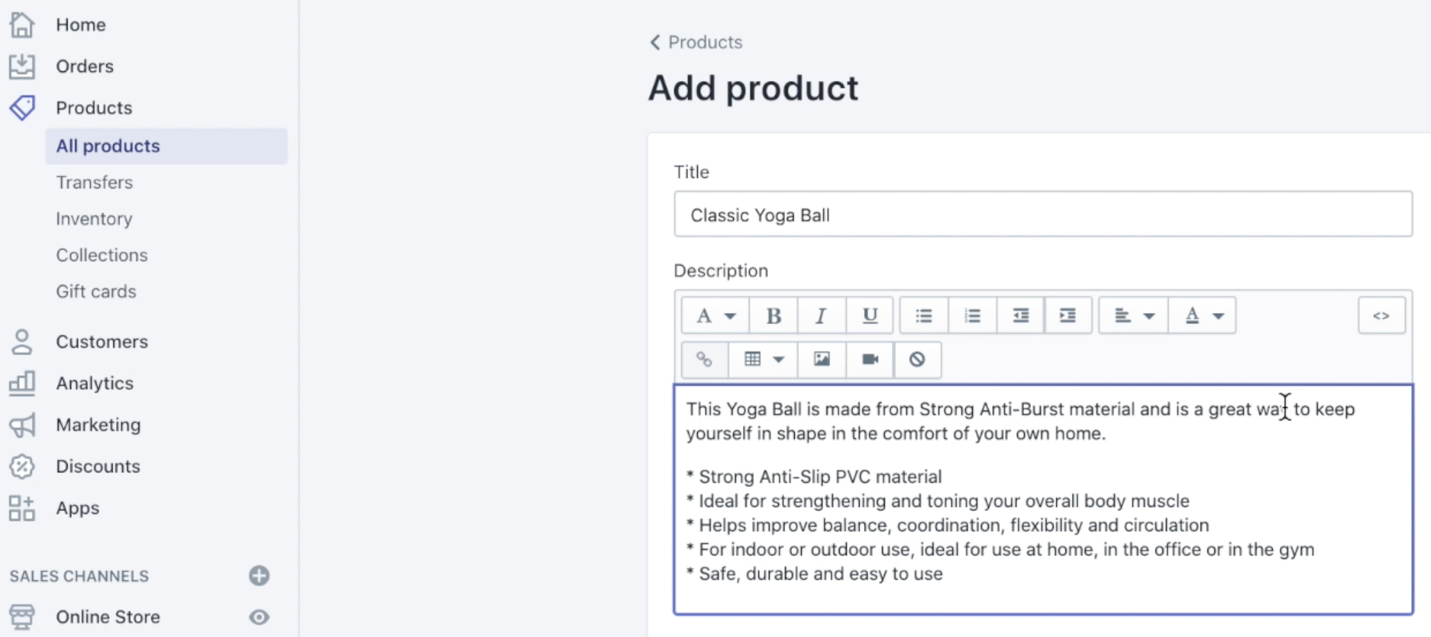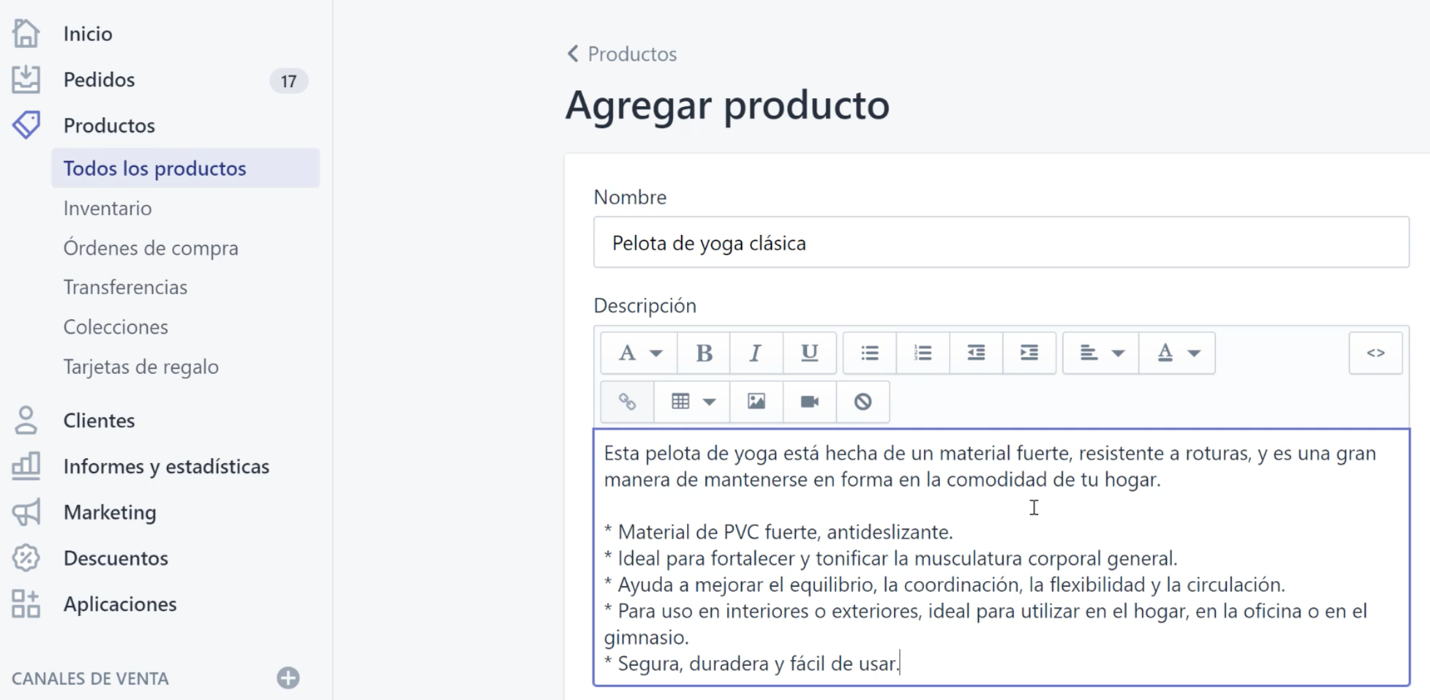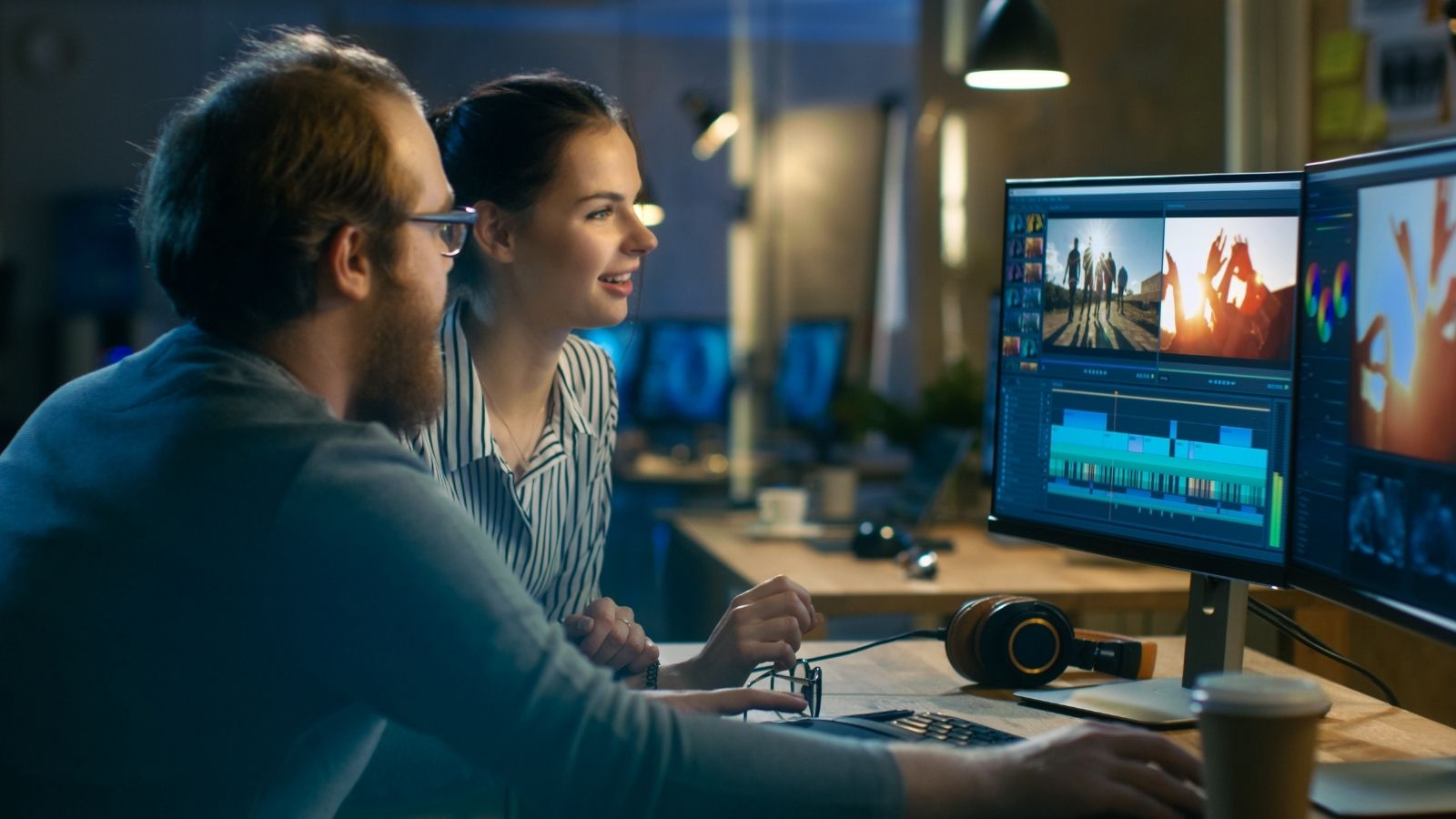Often, localizing a video means dubbing the video with the voiceover in a foreign language with the visual content kept in the original language. However, for ‘how-to’ videos that show you how to do something step by step, it’s more effective when the text in the visual interface is also translated into the target language. This case study illustrates the challenges and effort required when many videos need to be fully localized into multiple languages, including the visual and voiceover elements.
Project Background
The client is a leading global SaaS-based software company that provides an e-commerce platform for anyone who wants to start, grow, market, and manage a retail business of any size, anywhere in the world. They have a series of ‘how-to’ videos in English on how to do basic and common tasks on their platform, using their tools. The project was to fully localize 16 videos into 7 languages: French, German, Dutch, Italian, Japanese, Portuguese (Brazil), and Spanish (Latin America). This is a total of 112 videos to deliver to the client.
Challenges of the Project
Full Localization Required Re-Recording of Videos
Since these ‘how-to’ videos teach users how to do specific tasks on the client’s e-commerce platform, such as “How to add a product” or “How to edit and create a drop-down menu”, the platform’s user interface (UI) will be displayed on the screen. The original English videos displayed the English UI as the narrator goes through each operational step. To fully localize these videos into the target languages, this meant the videos should also use the translated UI to go through each step, which required the whole video to be re-recorded using the translated UI. Each step in the re-recording needed to be an exact replication of what happens in the source video. And this screen recording would need to be done for all 112 videos.
User Interface of Original Video in English

Translated user interface used to replicate the original video in the re-recording – Spanish

Translation Consistency
There were two types of content that needed to be translated in these videos. One was the script for the narration; the second, the content displayed on the screen. To ensure the translation of terms that appear in both the script and on-screen were consistent, a translation team for the seven target languages was needed. Sometimes, certain UI terms in the translation memory were not up to date. This was important as the UI terms visually displayed on the screen had to match the same term heard in the voiceover narration.
Dubbing
There are usually two traditional dubbing methods:
- Timed synched recording – Done at the time of voiceover recording, the audio should match each segment of the video; therefore, the translated script may be edited at the recording stage to respect the timings of those elements. The challenge in employing this method is that it’s too expensive because it requires a huge amount of the voiceover artist’s and studio’s time to sync the recording with the video. This method is usually used in the filming industry.
- Audio/video editing – This option doesn’t require expensive timed recording but involves an audio/video engineer editing the untimed target voice recording to match the length of each sentence to the source audio/video. This is quite time-consuming and costly because it’s done manually. It can take up to 20-40 minutes to manually sync one minute of the video in the target language.
Since there was a total of 112 videos to dub, the audio-video editing task would take a lot of time. To streamline and save time and cost, we used our own in-house technology to automate the audio/video editing method.
How VideoLocalize Handled these Challenges
Screen Recording Process
Since each video focused on different functions of the client’s software platform, we needed to be familiar with the user interface of those related sections prior to screen recording. This helped us to know how to navigate through the platform in the target language during the screen recording process. It also allowed us to plan more efficiently as the screen recording is a manual task and does take time. Currently, there is no automated technology for this process.
During this process, we also found some UI terms that were not localized and some functions that were not updated between the English platform and the target platform. We were able to alert the client to get the translated section done as soon as possible.
Linguists experienced in software localization and script translations.
The content to be translated was not the typical document translation; rather, it consisted of user interface terms, user data as well as the voiceover script. It meant we need to find translators who were experienced in software localization and voice recording since translating UI text and voiceover script content has special limitations that document translation does not have.
Translators needed to know the translated script would be dubbed and therefore it was crucial to control the text length compared to the same sentence/phrase in the source language. For example, the translated script couldn’t be too much longer or shorter than the original English script as this would mean the target language voiceover recording would also be too long or too short. If this happened, it would be difficult to make the target language audio recording match the original video. A re-recording would need to be done, which would cause a delay and extra cost.
Maintain language consistency and product terminology across multiple videos.
Localizing content that appears in multiple videos at different times has its own set of challenges. This project occurred in three phases within a few months. Some UI text appeared in multiple videos, either from the same or a different phase. To help with translation consistency, we shared the client’s translation memory with the linguists; yet, there were still instances in which the TM was not up to date. As a result, prior to script translation, we conducted a QC check by cross-referencing the translated terms against the translated UI in the translated platform.
Voiceover Recording
Thanks to our own automated synchronization technology, we chose untimed recording as the turnaround time was faster and less costly. Timed synch recording was not necessary as our technology automatically synchronized the audio with the video quickly.
To have a smooth recording process, we wanted to avoid re-recording the target voiceover as much as possible. Re-recording would only add more delay and cost to the budget. We prepared a pronunciation guide for the voice talent specific to each target language.
- Abbreviations and acronyms: guidelines were given on whether to read out each letter or as a word
- Company name or brand names, especially those that do not have their own translation in the target language: we provided pronunciation using IPA or an audio clip
- Telephone numbers and other numeric sequences such as a zip code, PO Box, etc. (e.g. 704 as “seven-zero-four” or “seven-oh-four” or “seven hundred and four”)
- Some UI terms were left in English: we provided an audio clip as English is a second language for the foreign voice talents
Automatic Synchronization (post-production)
After the screen recording and voice recording were completed, editing and integrating all the elements together was the next step. Usually, this is a time-consuming and tedious process. However, we developed our own proprietary technology that can automatically synchronize both video and audio elements, with a click of a button. Once the video was synchronized, minor tweaks were done easily and quickly within our video translation management system (VTMS), cutting out hours of manual editing work.
Conclusion
Careful project planning, doing preparatory tasks, and making use of automated technology – all were crucial to the success of this project. We produced localized videos at a reasonable cost, maintaining the same quality as the original source videos – they looked the same as the English videos except the visual interface text and voiceover were in the target language. In the end, we were able to deliver high-quality fully localized videos on schedule and within a budget that met the client’s expectations.

